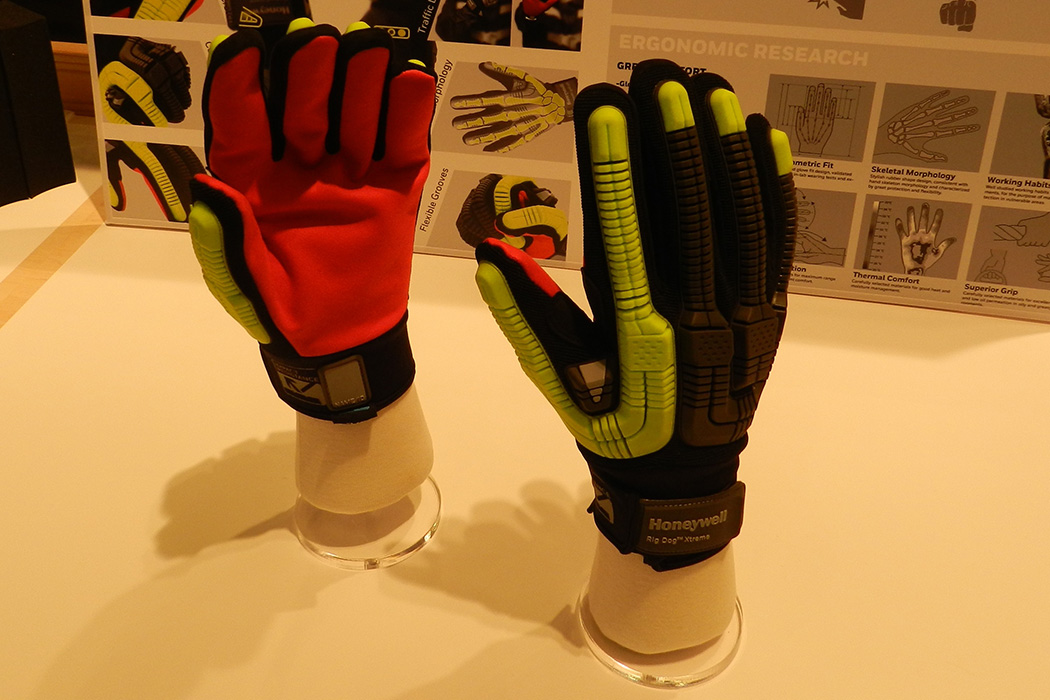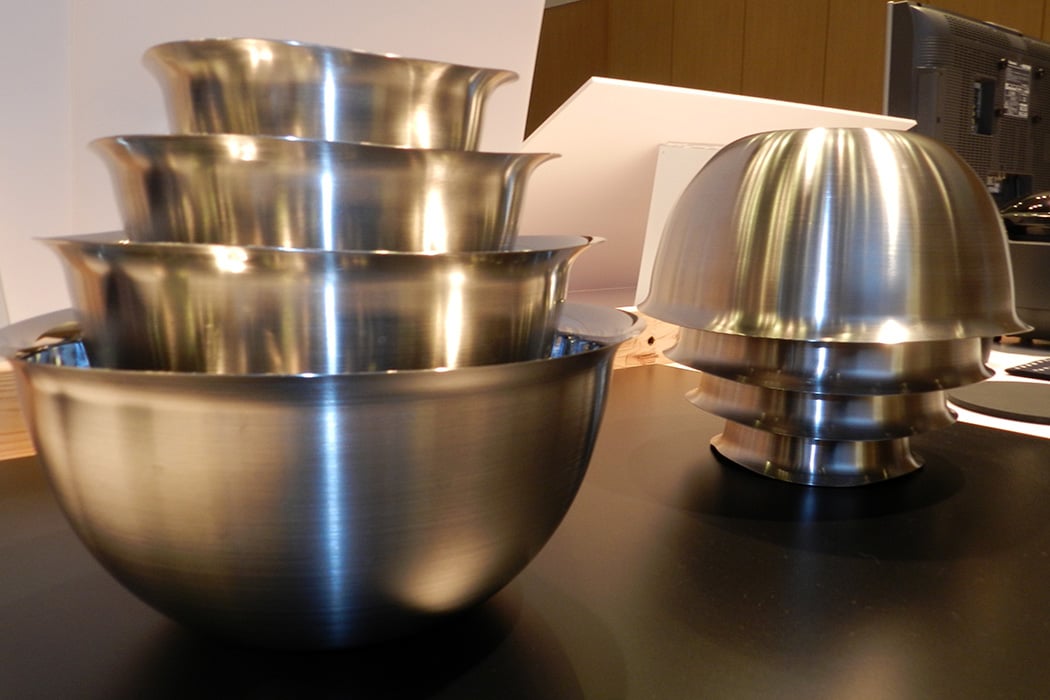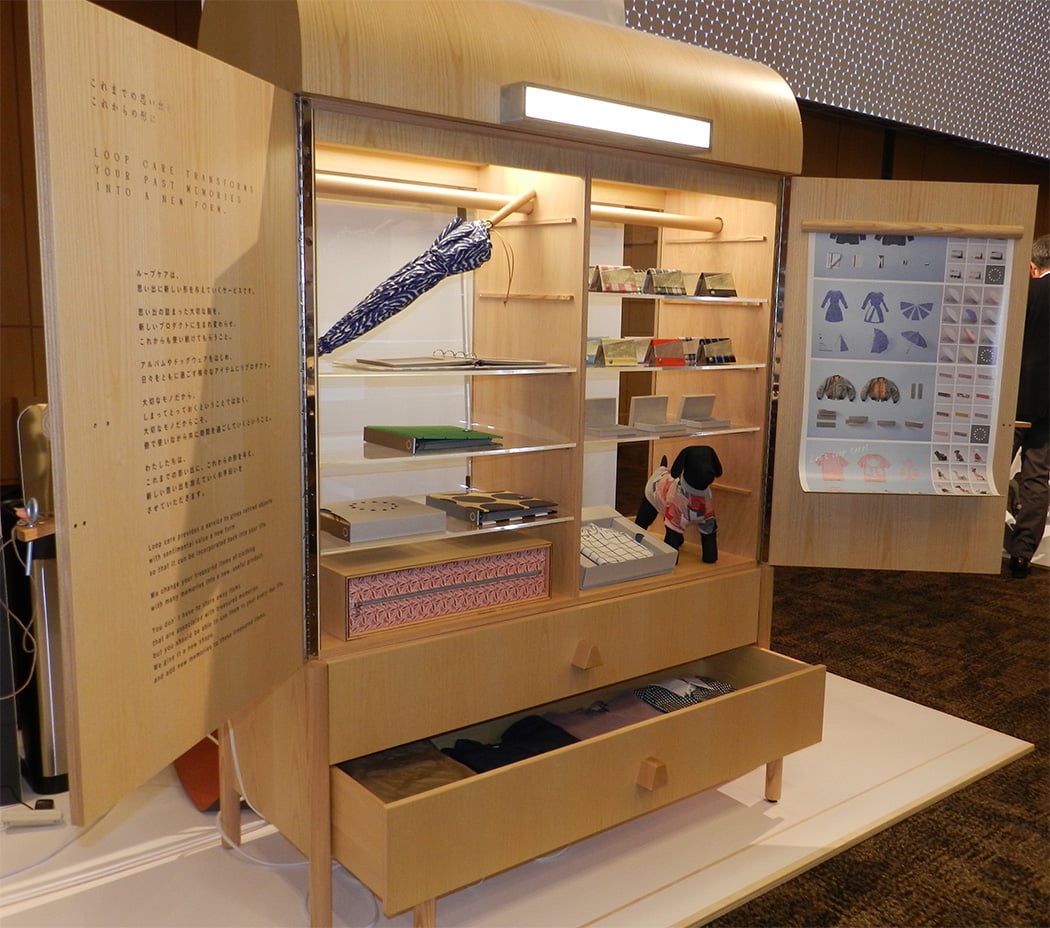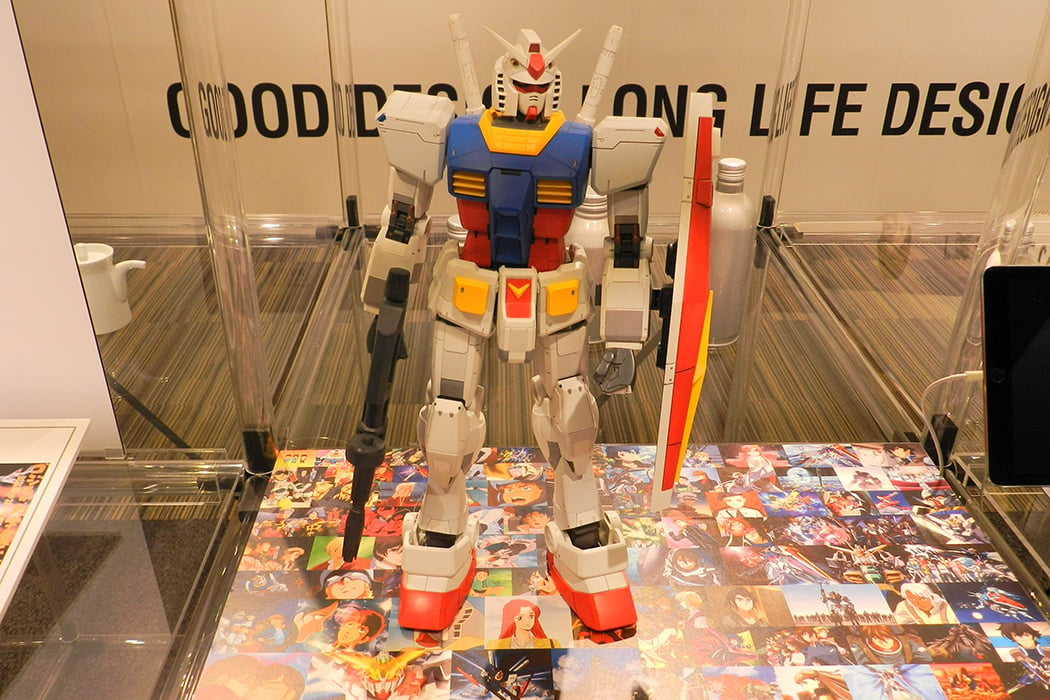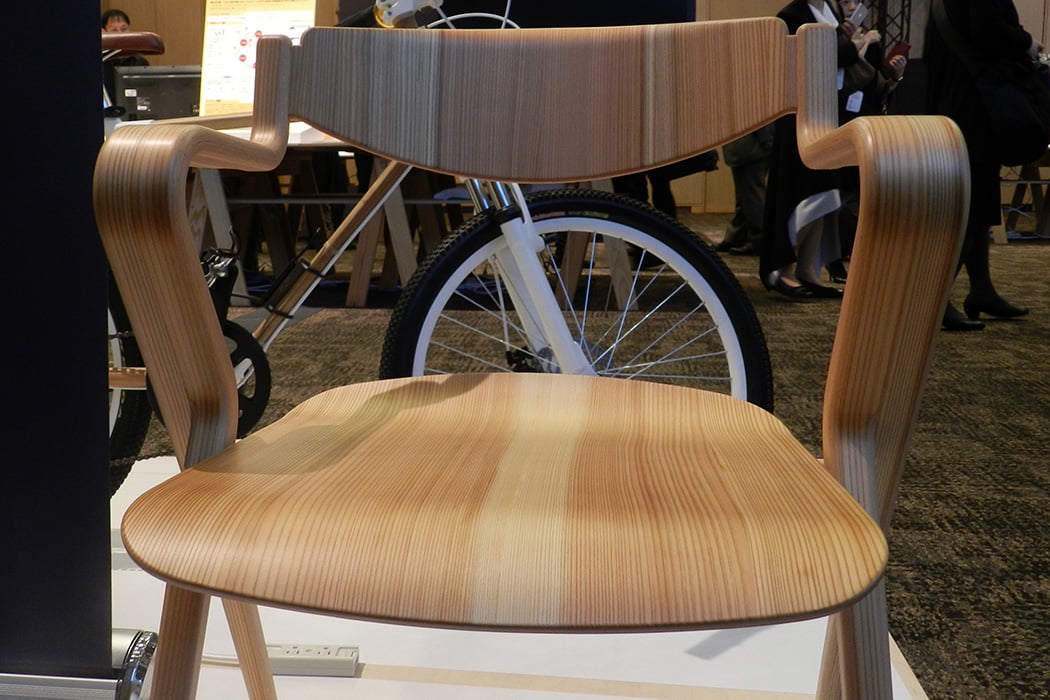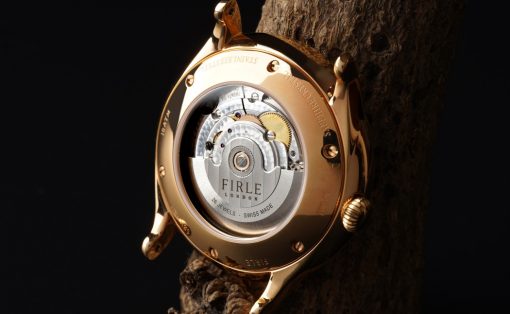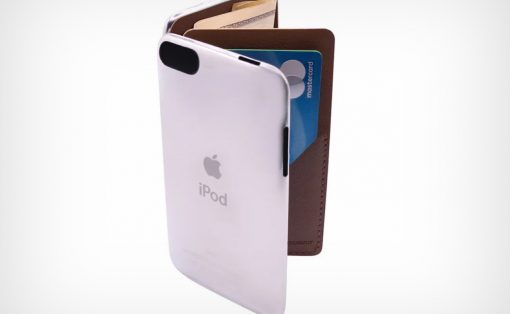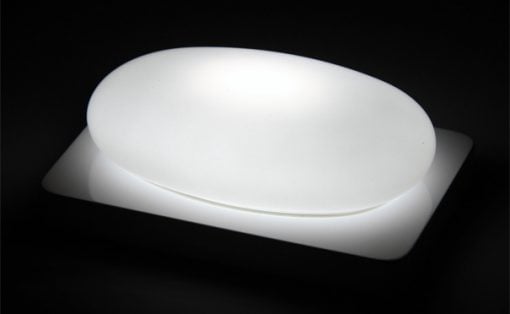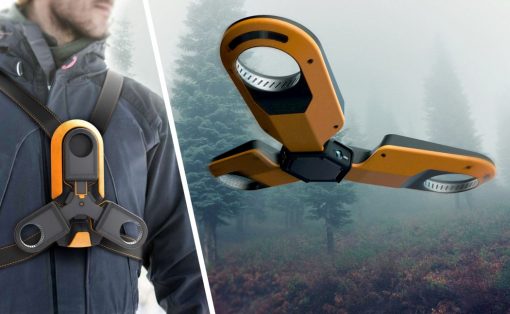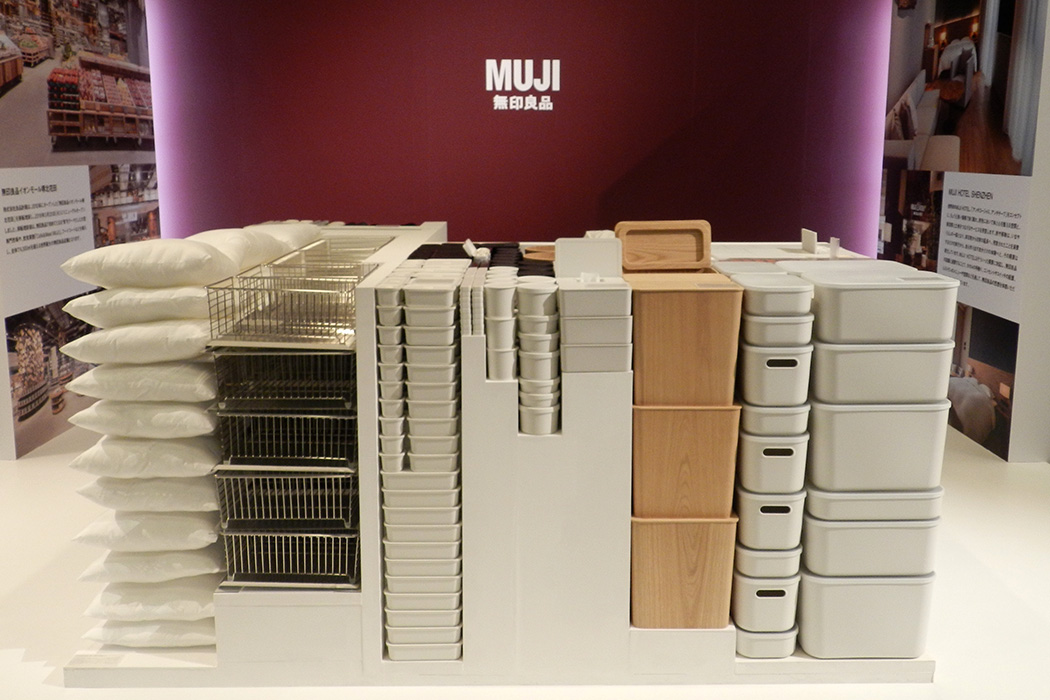
It’s that time of the year, when I look back on the year gone by, and reflect on the many travels that I undertook, and what is the best that I got from to learn from them. The one that stands out the most, is my annual pilgrimage to Japan and the Good Design Awards, or G Mark. Founded in 1957, and in its 61st year, the sole purpose of the awards is to be an advocate of “good design”, and to enrich ‘life, industry and society as a whole.’ What I appreciate the most about the awards is that takes into account not only product design, industrial design and architecture, but also approaches and concepts towards better living and communities. While Product Design is also about solving a human need and making life better, some of the entries that are shortlisted for the 2018 G Mark, reflect community building by providing food boxes for the poor, better hospitality services by involving a whole village and many such examples.
Good Design Grand Award, Good Design Gold Award and Good Focus Award
Most people visit the Special Exhibition of the “Good Design Best 100” and the pop-up shop showcasing award-winning products. However, my favorite part is the awarding ceremony, where in a very democratic way that the top prize is awarded. Tokens are distributed amongst the attendees and all get a chance to vote from the Top Six entries, the one Grand Prize.
Shortlisted for 2018 were: Sony Aibo, Gogoro Energy and Transportation Platform and Gogoro Scooter, Portable X-Ray by Fuji Film, Hotel Hanare, The landscape of Tokyo Marunouchi station square and Gyoko street area and Temple activities for solving poverty problems [Otera oyatsu club].
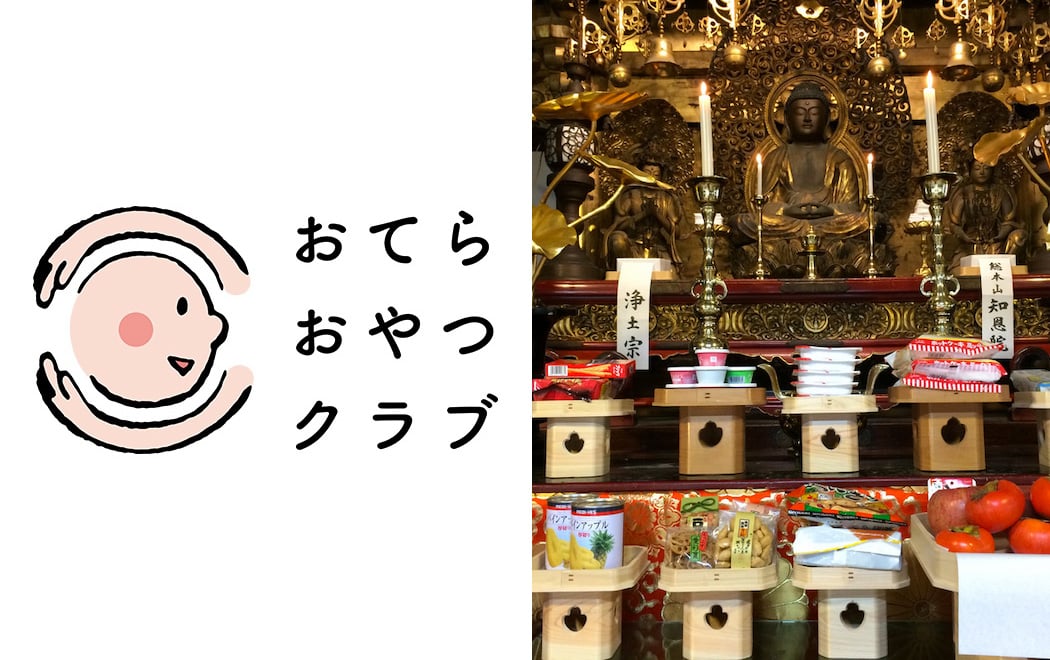
There was a tie between Gogoro Scooter and Temple activities for solving poverty problems, but the clear winner emerged at the second round of counting – Temple activities for solving poverty problems.
This award-winning program revolves around a group of Temple Priests, who collect the food items offered to the temple deity, and distribute it among the poor children of the community. It solves two things – distribution of the temple surplus and elimination of hunger.
When I spoke with Jury Member Gen Suzuki, I asked him this…
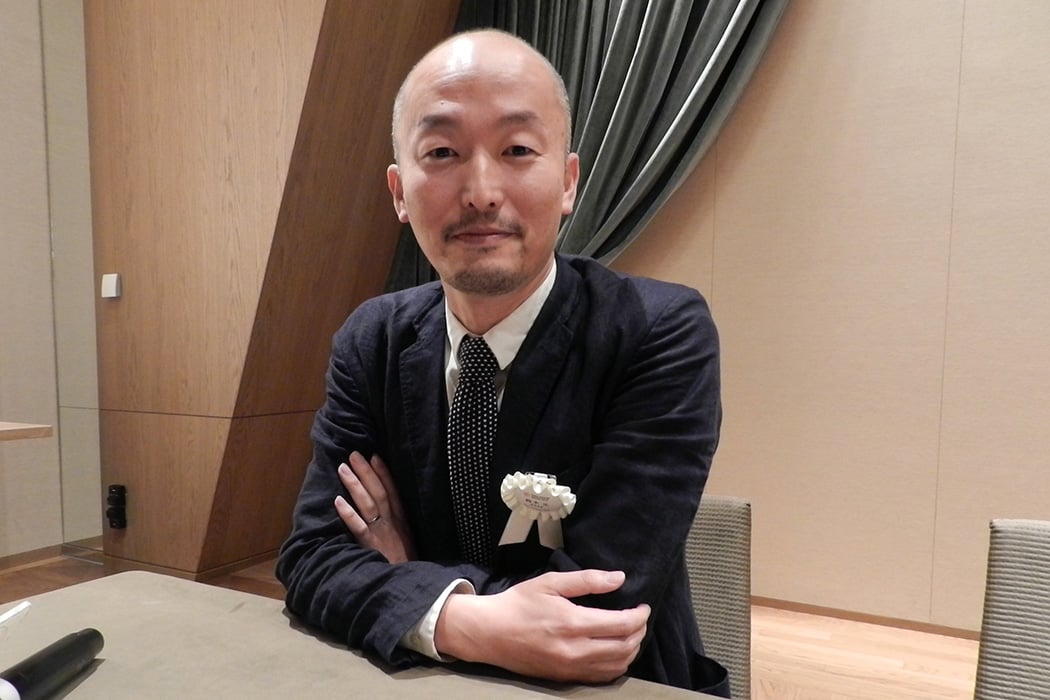
RS: Good Design focuses on public good, so Aibo may not stand a chance, what is your opinion on that?
GS: Aibo can be used to help old people and people with disabilities, so public good can be seen in projects like this. I don’t think high-tech products and public good are contradictory to each other, for example Sony Aibo robots can be used in elderly nursing homes. Maintaining a real pet can be an issue for the older generation, but Aibo is maintenance-free in that sense and can still provide similar aspects as real pets can.
RS: Your reaction to crowdfunding projects that win the Good Design, because Life Long Design Award is an important aspect for the Good Design Awards and hence, you will expect products to last for a longer time.
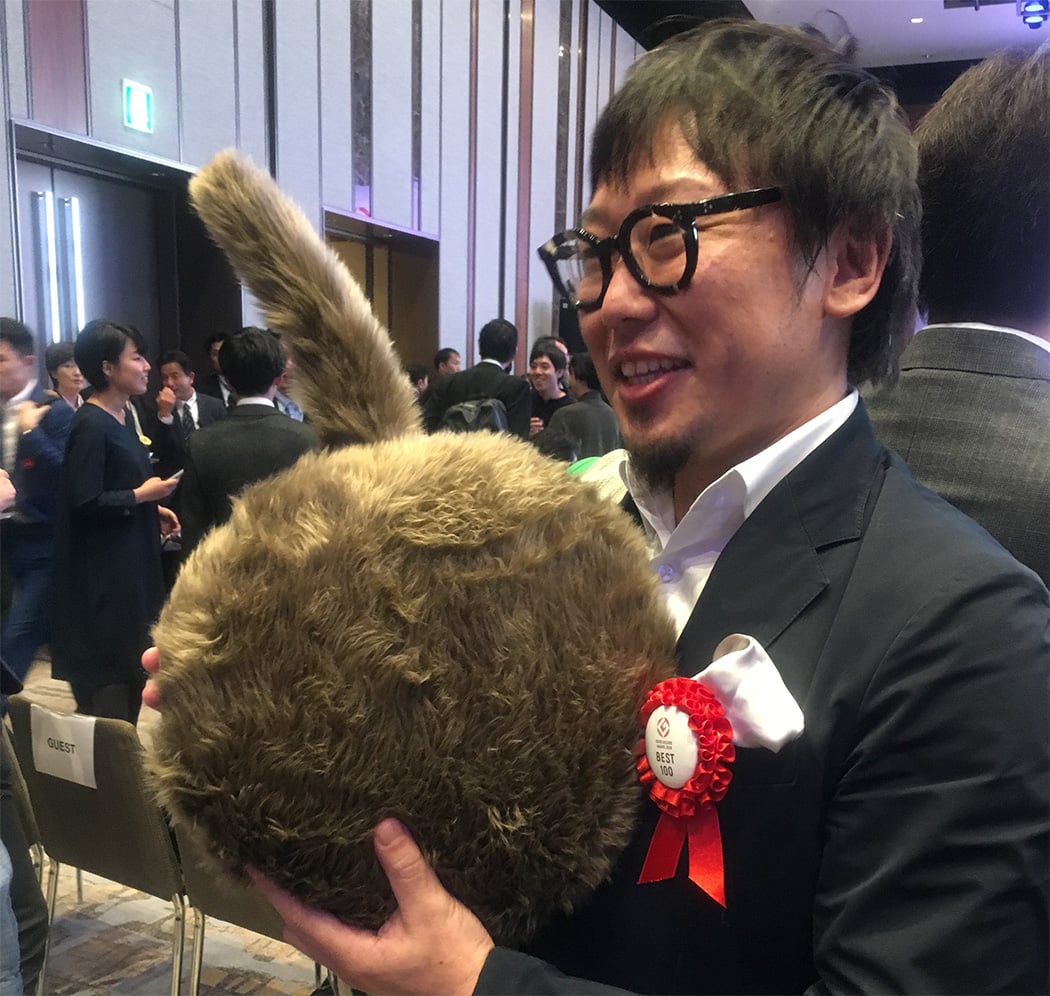
GS: We do see failures in design, but crowdfunding projects encourage young designers. And with G Mark, we can help identify the good products with our jury process and validate them. But we can’t be sure if they will be around thirty years from now. It is a chance we can take, and young designers who fail, can look at it as an opportunity to reflect on why they failed, and look for an alternative route to progress.
RS: What was your favorite product from this year?
GS: “Kamado-san Denki” an electric rice cooker that features an earthenware pot made by Nagatani-en. It is one of the most famous potteries in Japan. Kitchen appliances seem to be diversifying and this rice cooker is the perfect example of traditional earthenware married to high-tech – old fashion and high tech fusion.
My Favorites from the 2018 Good Design Awards Best 100 were Gogoro Scooter, Sony Aibo and Bamboo Bicycle
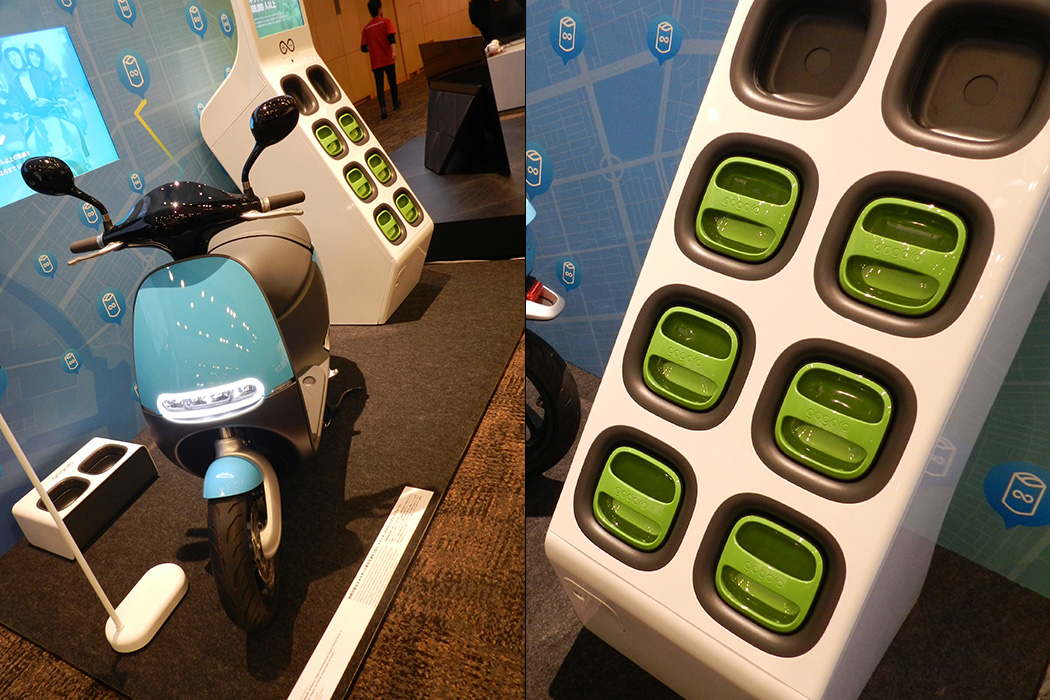
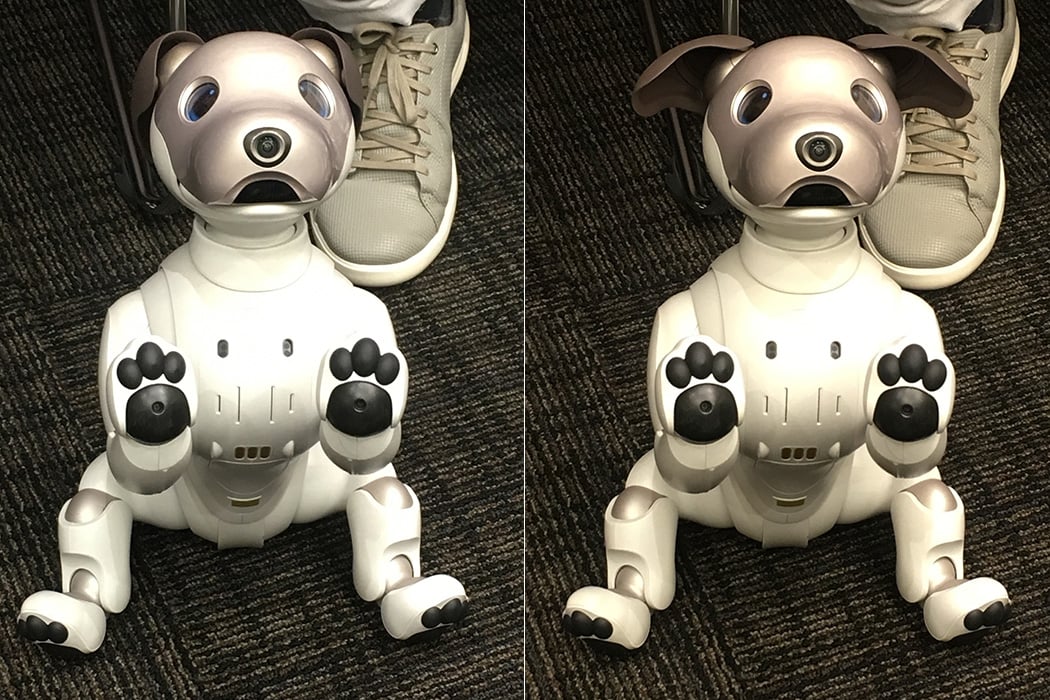
The Sony Aibo Team said that they are developing an intelligent product and hope to create a new lifestyle of living with a robot. The one issue they hope to solve, is teaching humans to communicate with AI and robotics with more compassion and love.
The current generation of Aibo is driven by an actuator (motor), and they would like to build a model that moves just like how the human muscles moves. This will give Aibo more mobility and the intelligence to move its arms and legs with artificial muscles. This make the Aibo more realistic and more humanized.
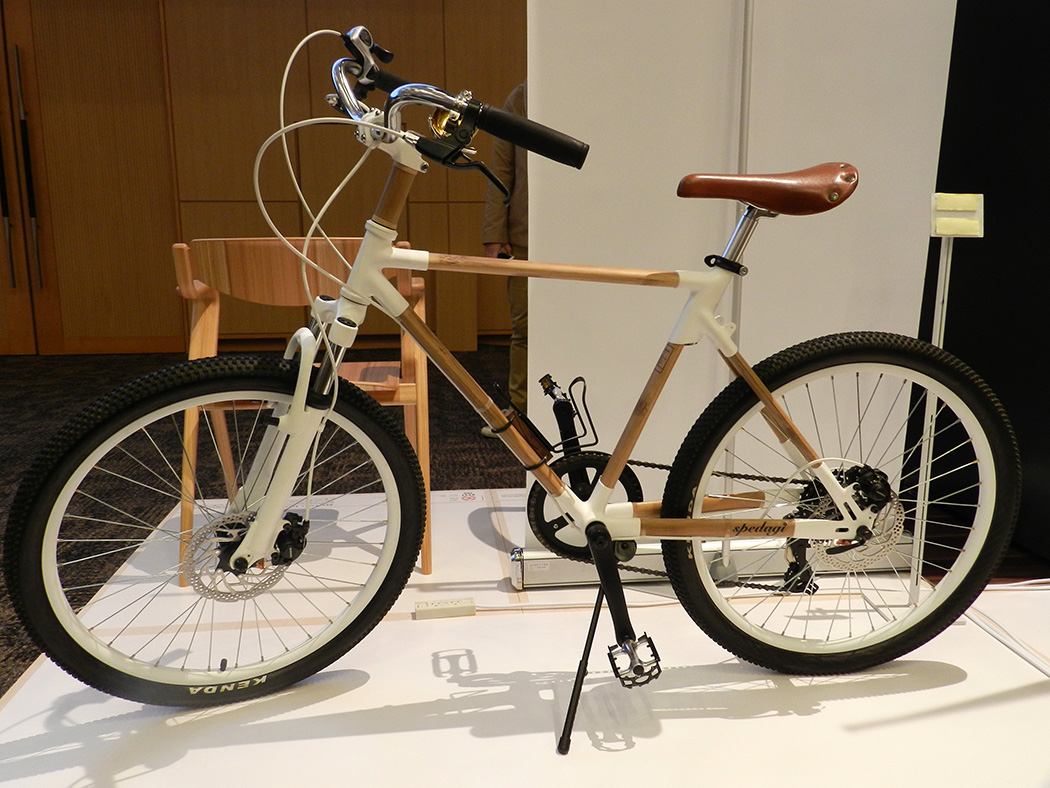
Bamboo Bicycle by Indonesian Singgih S Kartono hopes to solve the daily commute challenge with a bike that uses resources close to home – the bamboo. Collaborating with a bicycle manufacturer is a clever move as he is aware that he can’t match the competition alone. The next steps in evolution is a folding cycle and cycle for women.
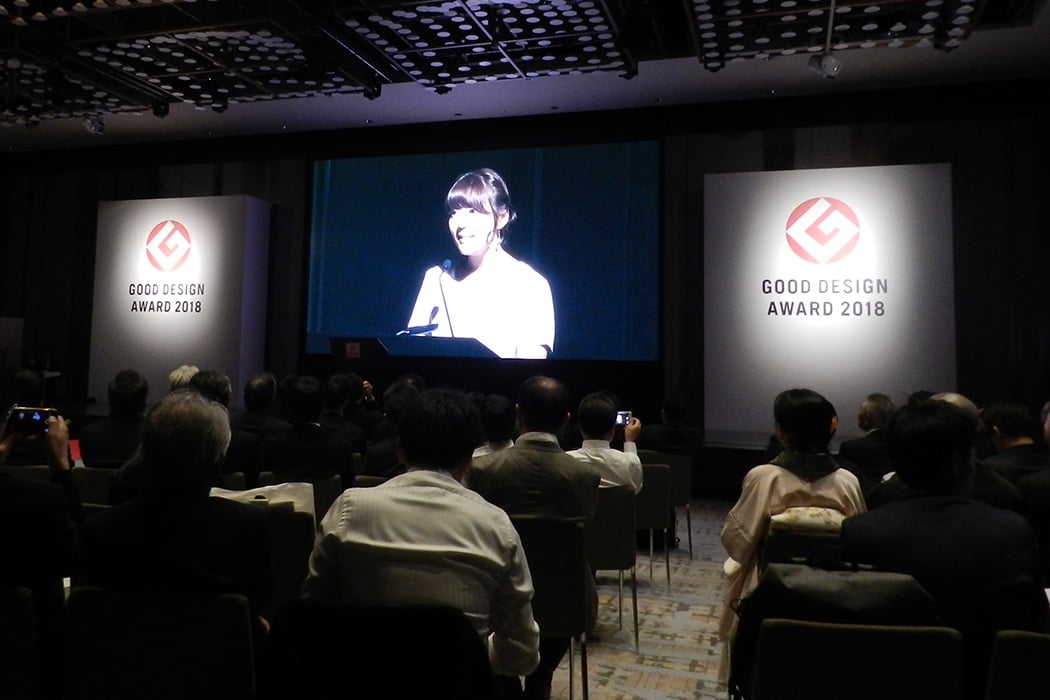
As a designer or manufacturer, I see how you benefit by the recognition this prestigious award brings to you. But what I truly respect is the diversity of topics and initiatives that you can participate with.
Stay in touch for Part 2 of this series, where I showcase YD’s top 15 of the Best 100 Designs, and look for the 2019 Good Design Awards announcement, right here on Yanko Design.
